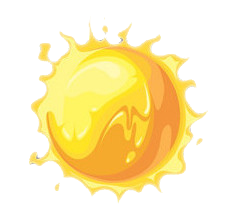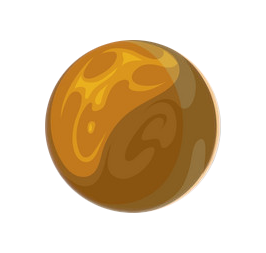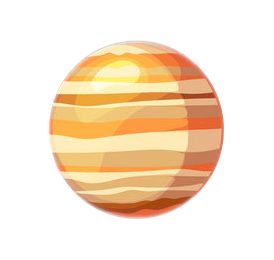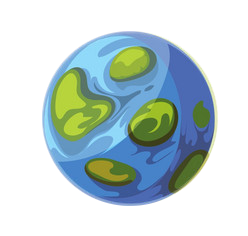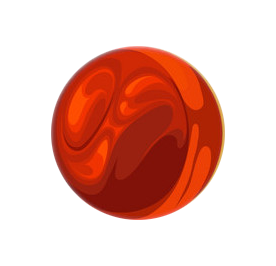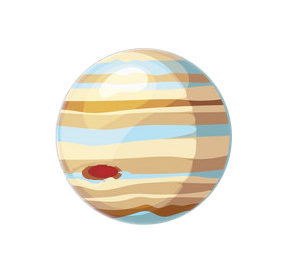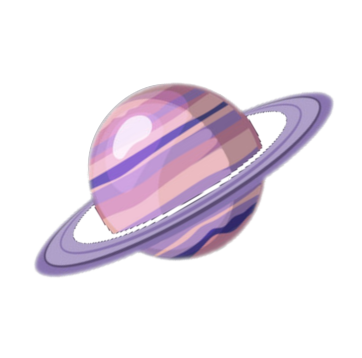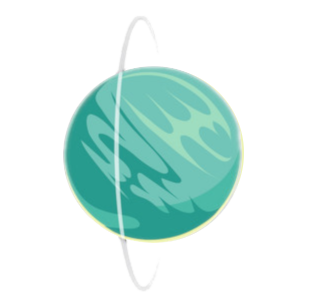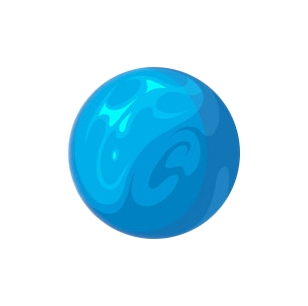The 8th Planet from the Sun
Interesting facts about the composition and minerals of the planet.
Ammonia on Neptune
Ammonia is a colourless gas with a characteristic pungent smell and it is lighter than air. If ammonia is concentrated high enough it allows planets such as Jupiter, Saturn, Uranus, and Neptune to retain internal oceans and active geology at a far lower temperature than would be possible with water alone. Ammonia's boiling point is −33.34 °C.
Neptune
Neptune is the eighth planet from the Sun. Neptune does not have a solid surface like Earth. Thick clouds cover Neptune's surface. Its interior begins with a region of heavily compressed gases. Deep in the interior, these gases blend into a liquid layer that surrounds the planet's central core of rock and ice. Neptune's winds are three times stronger than Jupiter's. The planet has six rings of varying thicknesses and are believed to be relatively young and relatively short-lived. Neptune's atmosphere is composed primarily of hydrogen and helium, though it contains a higher proportion of "ices" such as water, ammonia, and methane. Neptune has 13 known moons.

